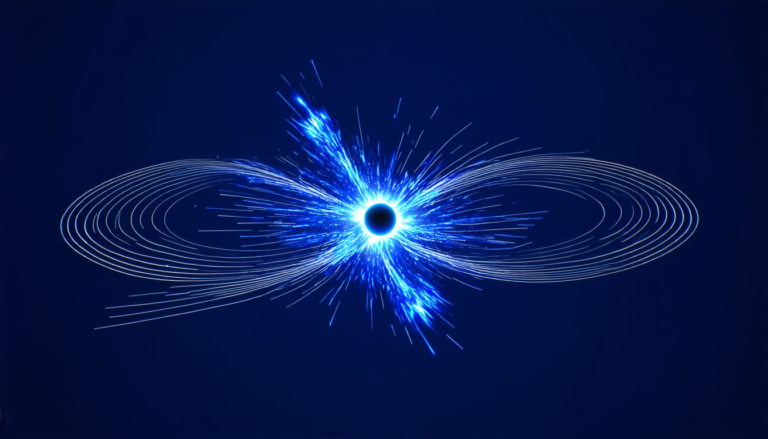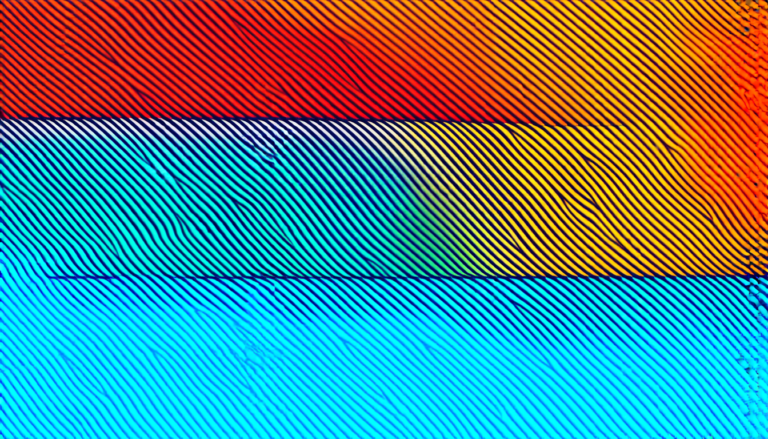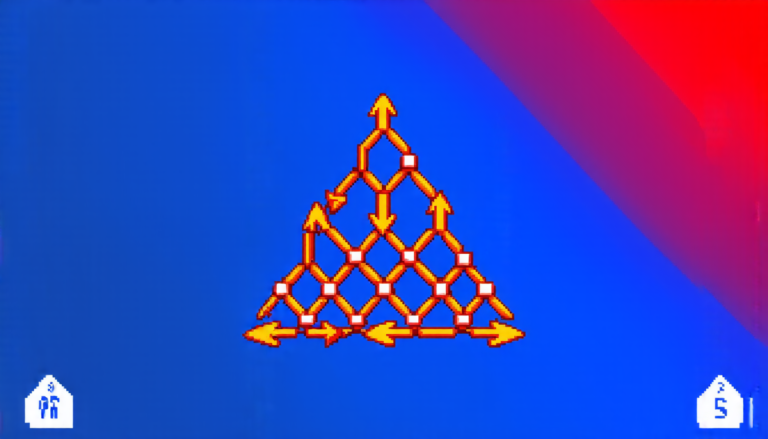Sunday 25 May 2025
A team of astronomers has shed new light on the mysterious FU Orionis outbursts, sudden and intense increases in brightness seen in young stars. These events have puzzled scientists for decades, but a recent study suggests that they may be responsible for shaping the architecture of planetary systems.
FU Ori outbursts occur when a star’s accretion disk, a swirling disk of gas and dust surrounding the star, becomes unstable. This can lead to a massive influx of material onto the star, causing it to brighten dramatically. But what happens to the planets in these systems during these outbursts?
Researchers have long suspected that FU Ori events could play a key role in shaping planetary orbits, but the exact mechanisms at play were unclear. Now, a new study has provided some much-needed insight.
The team used computer simulations to model the behavior of planets near young stars experiencing FU Ori outbursts. They found that these events can cause planets to migrate inward, potentially leading them to be trapped in tight orbits around their star.
This migration occurs when the intense heat and radiation emitted during an outburst vaporizes a portion of the planet’s surface material. This gas is then swept up by the surrounding disk, causing the planet to lose mass and change its orbit.
The study suggests that this process could be responsible for creating the short-period planets we see in some systems today. These planets are typically small and rocky, with orbits that take just a few days to complete. They are also often found near their stars, which can make it difficult to detect them using current methods.
The findings have significant implications for our understanding of planetary formation and evolution. They suggest that FU Ori outbursts may be an important factor in shaping the architecture of planetary systems, particularly in the early stages of a star’s life.
The study also highlights the importance of considering the impact of stellar activity on planetary orbits. Astronomers often focus on the effects of gravitational interactions between planets, but this research shows that other factors, such as radiation and heat from the star, can also play a crucial role.
As we continue to explore the universe and search for life beyond Earth, understanding the processes that shape planetary systems is essential. This study provides valuable insights into one of these processes, and could ultimately help us better understand how planets form and evolve over time.
Cite this article: “FU Orionis Outbursts: A Key to Shaping Planetary Systems”, The Science Archive, 2025.
Young Stars, Fu Ori Outbursts, Planetary Systems, Accretion Disk, Gas And Dust, Orbital Migration, Planet Formation, Stellar Activity, Gravitational Interactions, Radiation And Heat.







